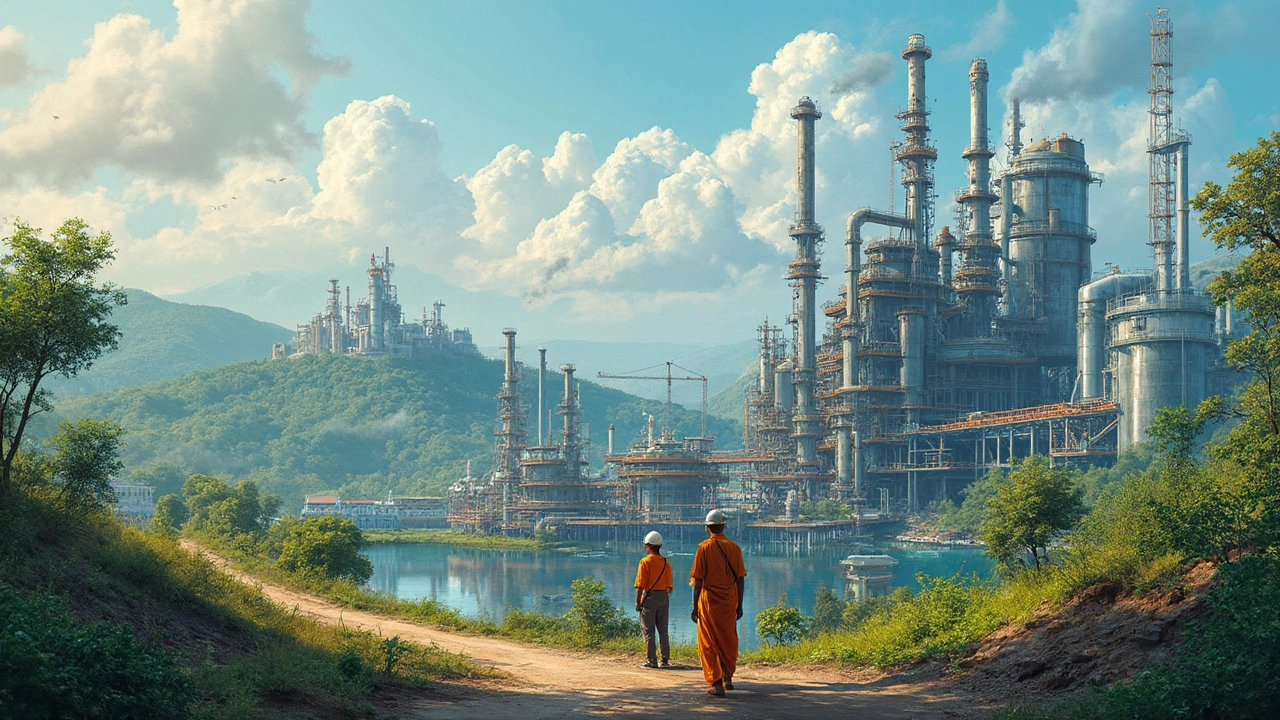Global Chemical Ranking: Who Leads the World’s Chemical Production?
Ever wondered which nations dominate the chemical game? The answer shapes supply chains, pricing, and where new factories pop up. Below you’ll get a quick rundown of the current ranking, why it matters, and what you can do with that info.
Why Rankings Matter for Your Business
If you’re buying raw materials, a country’s rank tells you how reliable its output is. High‑ranking producers usually have bigger domestic markets, better logistics, and more stable regulations. That translates to fewer stock‑outs and smoother price forecasts.
For investors, a shift in the ranking can signal where the next growth story will be. A country climbing the list often means new policy incentives, cheaper labor, or major capacity upgrades. Watching those moves helps you spot opportunities before the crowd jumps in.
Top 10 Chemical Producers in 2024
1. China – Still the undisputed giant, China accounts for about 30% of global chemical output. Its strength lies in petrochemicals, specialty polymers, and a massive domestic market.
2. United States – The U.S. holds the second spot, driven by high‑value specialty chemicals, advanced biotech, and strong R&D budgets.
3. Germany – Europe’s leader, Germany excels in engineering‑grade chemicals, automotive coatings, and green chemistry initiatives.
4. Japan – Focused on high‑tech polymers and electronic chemicals, Japan’s production is efficient and heavily export‑oriented.
5. India – Fast‑growing thanks to cheap labor, expanding petrochemical parks, and a booming pharma sector.
6. South Korea – Known for semiconductor‑grade chemicals and large‑scale petrochemical complexes.
7. France – Strong in specialty chemicals, especially agro‑chemicals and cosmetics ingredients.
8. Russia – Leverages abundant natural gas for fertilizer and basic chemical production.
9. Saudi Arabia – Uses its oil wealth to dominate basic petrochemicals and increasingly moves into specialty areas.
10. Brazil – Leads Latin America with a focus on fertilizers, bio‑based chemicals, and a growing plastics sector.
These rankings are based on total production volume, export value, and recent capacity additions. Numbers shift each year as governments announce new projects or tighten environmental rules.
What does this mean for you? If you source from a top‑ranked country, expect stable supply but also watch for policy changes that could affect prices. If you’re looking to set up a plant, targeting a rising nation—like India or Brazil—might give you cheaper land and labor, plus incentives from local authorities.
Keep an eye on emerging players too. Countries such as Vietnam and the United Arab Emirates are investing heavily in new petrochemical zones. Their rankings could jump by 2026, opening fresh sourcing options.
Bottom line: the global chemical ranking isn’t just a list; it’s a roadmap for procurement, investment, and strategic planning. Stay updated, compare it with your own cost structure, and use the data to negotiate better contracts or decide where to locate your next plant.

India's Rank in Global Chemical Production: A Deep Dive
India has emerged as a significant player in the global chemical industry, ranking among the top producers worldwide. With a focus on innovation and sustainability, the Indian chemical sector continues to grow rapidly. Understanding India's ranking helps showcase its strengths and opportunities in global markets. From petrochemicals to specialty chemicals, the industry is diverse and expansive. Learn about India's position in chemical production and what it means for the future.
